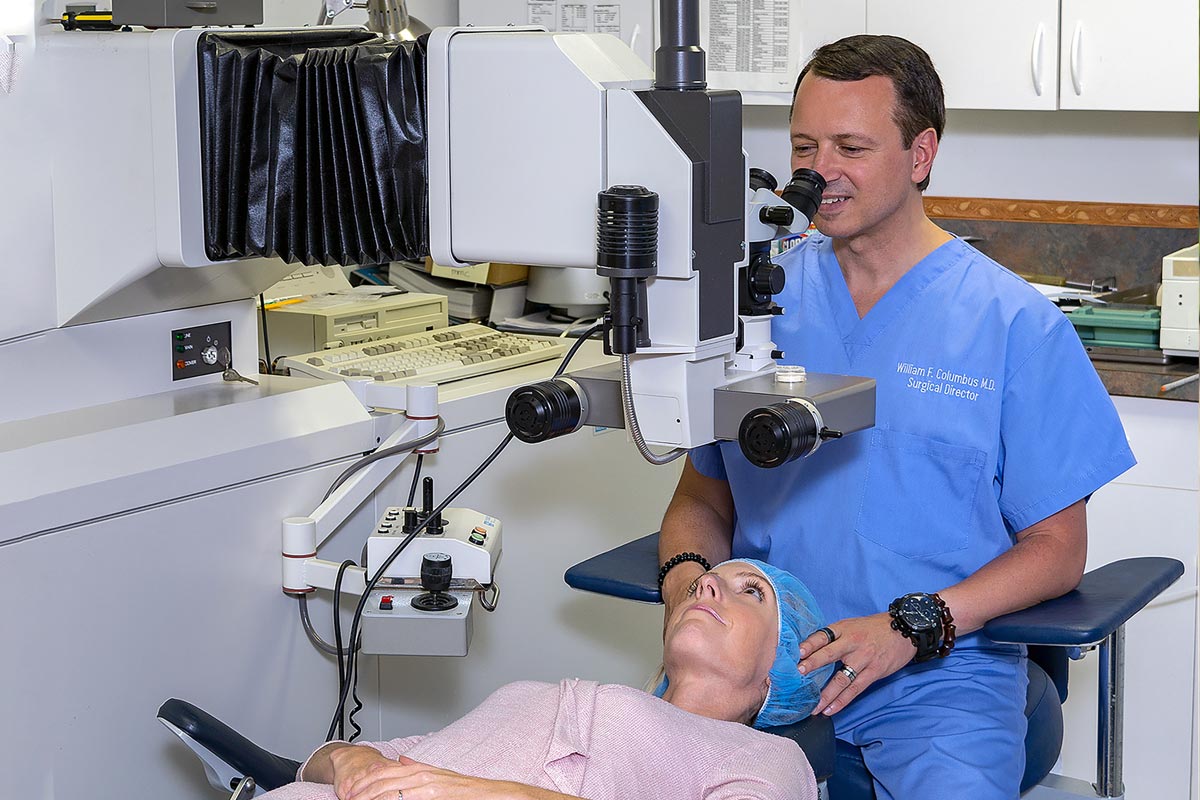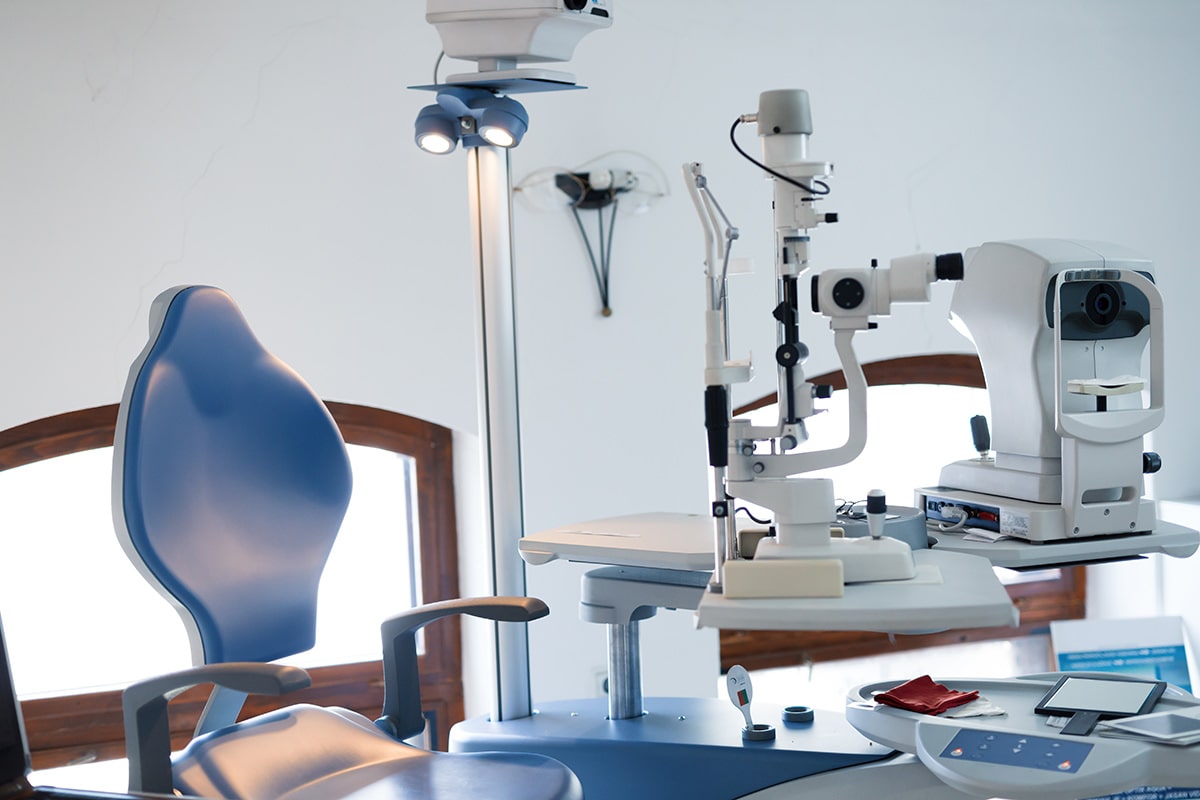PRK surgery is the predecessor of Lasik. These treatments offer the same results, but there are a few key differences. For example, not every patient is a candidate for Lasik, but most can have photorefractive keratectomy.
Lasik vs PRK
Preparation for both procedures is the same. Patients must eat a healthy diet, get plenty of rest, and stay hydrated before the treatment. The time for both procedures is similar. Both laser corrections use numbing drops before the treatment to ensure no one feels anything. Each treatment uses the excimer laser.
During treatment, Lasik requires the provider to cut a flap into the side of the cornea to access the middle layer of tissue for correction. In PRK surgery, the entire top layer of tissue comes off. While this may sound scary, the cells regenerate in a few days. Both procedures are extremely safe with complication rates between two and five percent.
Post-treatment care
Following Lasik, you will immediately notice better vision. However, rest is necessary for the first 24 hours for either treatment. With PRK, the healing is a little slower. It may take a month for your vision to stabilize. During the first few days or a week following PRK, you will have a temporary contact lens that protects the cornea and allows the new layer of tissue to regenerate. With both treatments, full healing takes several months.
Why some people need PRK instead of Lasik
Sometimes, people have thin corneas. For these people, removing a thin layer is much safer and effective than creating the flap. Individuals with large pupils may need PRK over Lasik to get the best results.
To find out more about either procedure, contact Columbus Lasik Vision at 1-866-600-3937. We are happy to answer any questions.







